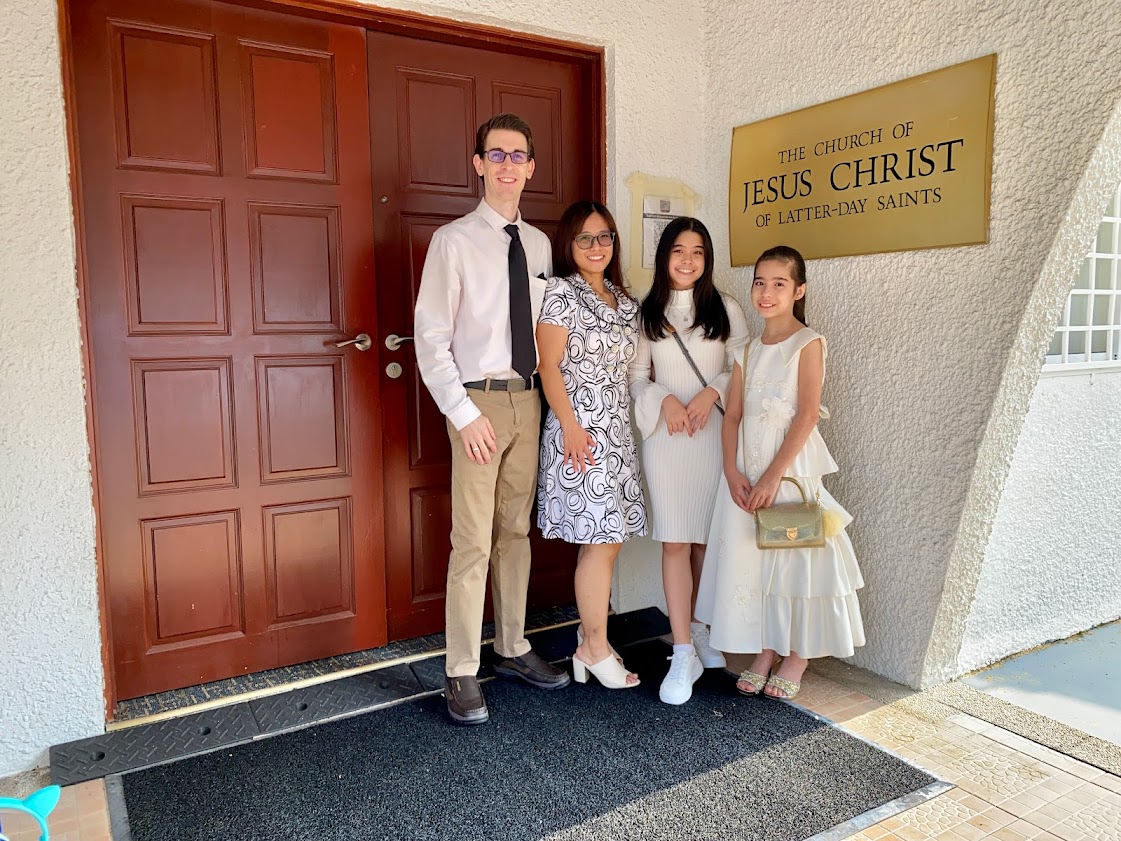While searching through pictures of the church's magnificent temples, I inevitably came across the San Diego California temple. At the same time, I was searching on Google for "LDS temple symbols" as I had read the words of a church authority that the temple is our symbol.
This opened up an intriguing presentation of the Seal of Melchizedek.
Two squares, with one at a 45 degree rotation over the other one, makes up the Seal of Melchizedek.
I learned that the San Diego California Temple displays the Seal of Melchizedek over 10,000 times in and around the temple and its grounds. I found that quite astonishing. What is this symbol and what does it mean?
 |
| The San Diego California Temple is awash with the symbol of the Seal of Melchizedek |
Apparently, the gentlemen in charge of designing the temple, one of them a Brother William "Bill" S. Lewis Jr. (a church member), spent months to come up with the symbol of two squares superimposed on each other at a 45 degree rotation. To the architects it was simply a nice architectural design and seemed to work increasingly well the more they adopted it throughout the structure.
Coincidence or not, famous LDS scholar and historian, Hugh Nibley, immediately identified this symbol as the ancient Seal of Melchizedek when quizzed about it after a gentleman who was photo-documenting the construction of the temple developed a fascination with it.
The Seal of Melchizedek, as it has been termed, goes back to iconography in basilicas of Ravenna, Italy, featuring, prominently, the high priest Melchizedek.
In this mosaic, both Abel and Abraham are clearly depicted offering their sacrifices of a lamb and Isaac respectively, along with Melchizedek offering sacrifice on the altar. The hand of God can be seen protruding from behind the veil to show the sacrifices have been accepted.
As with all sacrifices in the Old Testament, they functioned to point towards the great and last sacrifice of the Lamb of God, Jesus Christ.
In fact, everything about the Seal of Melchizedek points to Jesus Christ. Seeing as this symbol appeared on the altar (in the mosaic above), this would be representative of the atonement of Jesus Christ.
Not much is written about the Priest Melchizedek. His very name in Hebrew is "Malki Tzedik" which means 'My King is Righteousness' - another reference to Jesus Christ.
The Seal of Melchizedek looks very much like an 8-pointed star, which is representative of the biggest star (The Sun) in our solar system. Jesus Christ's brightness and glory is compared to that of the Sun.
The number 8 is also religiously significant as representing new beginnings. For example, the 6 days of creation were followed by a 7th day, the Sabbath Day, making the 8th day a new beginning, the start of another cycle. Also, the 7,000 years of recorded history of this earth, 5,000 years leading up to the birth of Christ and the 2,000 years since that event. We are now beginning the 8,000th year, another new beginning as we await the Second Coming of the Lord Jesus Christ.
The Seal of Melchizedek has close connections with Jesus Christ. In the Doctrine and Covenants we read:
"There are, in the church, two priesthoods, namely, the Melchizedek and Aaronic, including the Levitical Priesthood. Why the first is called the Melchizedek Priesthood is because Melchizedek was such a great high priest. Before his day it was called the Holy Priesthood, after the Order of the Son of God. But out of respect or reverence to the name of the Supreme Being, to avoid the too frequent repetition of his name, they, the church, in ancient days, called that priesthood after Melchizedek, or the Melchizedek Priesthood...The Melchizedek Priesthood holds the right of presidency, and has power and authority over all the offices in the church in all ages of the world, to administer in spiritual things." (D&C 107: 1-4;8)
The Seal of Melchizedek is seemingly a representation of Jesus Christ, one that perhaps has not gathered much pace or attention to the Christian world at large, but is making more waves with Latter-day Saints in these times.



